Elephants In Thai Culture
A Fascinating insight into the history of Elephants in Thailand’s culture
In Thailand, elephants historically represent strength, loyalty and longevity. Today they feature in art, adverts, architecture and flags.
Their intelligence has long been associated with the enlightened Buddha, making them guardians of Earth. Thai records of elephants being domesticated (for combat) date to the 1200s, but this use somewhat faded between the 1500s and 1800s. They were subsequently used in logging, working to clear thick jungle where mechanisation was impossible. The elephants were ideally suited to this role and largely coped well with it, although sadly some were overworked and died prematurely.
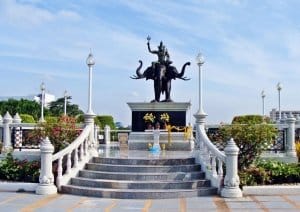
Statue of three-headed elephant with the God Indra, in Bangkok
The Thai government implemented a commercial logging ban in 1989, protecting forestry and helping save wild elephants from habitat loss, but this left 3,000 domesticated elephants that owners had to support financially and provide up to 250-300 kg of feed daily. The booming tourism industry provided employment opportunities, but too many elephants were mistreated and Kwan-changs (elephant carers) were generally underpaid. Ethical tourism is the best way to look after Kwan-changs and their families while caring for such elephants. Domesticated elephants are human-dependent, and it is very difficult to return them to the wild.
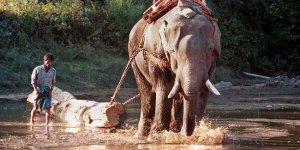
Elephants were used for logging in Thailand until it was banned
The Thai government Beasts of Burden Act 1939 designates captive elephants as ‘working animals’, so instead of being ‘rescued’ when they are being neglected or maltreated, they must be bought. This has caused problems in finding good homes but a lot of work is underway to raise education levels and establish proper training courses and standards for elephant care across Thailand. Tourism remains vital to conserve the Thai elephant population, which has fallen to around 10% of what it was 100 years ago, but it must be welfare driven.
A Kwan-chang has to understand his elephant’s behaviour, mood and health. It takes years to build a trusting bond, where each elephant responds to their Kwan-chang’s voice. Traditionally, Kwan-changs were paired 1-1 with elephants, often for life, and happily there are still some who want to do nothing else (see this short video clip here), but it is increasingly hard in the modern day to find enough young men able to devote a full career to this way of life. Also, some elephant camps provide poor working conditions and little training; here workers may not bond adequately with the elephants, leading to accidents and unnecessary abuse. Education and training is are therefore key.
The Thai government banned wild elephant capture and trade in 1992. Since 2015, captive elephants must be DNA registered. This guarantees their origin, preventing illegal trafficking. Environmental groups and the Thai Royal Family campaign for eco-friendly agriculture, helping protect the remaining forest. STEF will grow elephant food sustainably, using converted farmland.
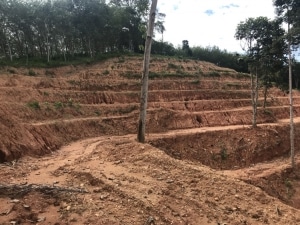
Land at Ban Ton Sae being planted for elephant habitat
Charities like STEF will provide free veterinary treatment for domesticated elephants. This is especially important as the ex-logging generation gets older. STEF aims to develop skilled Kwan-changs by supporting training and education, and to promote elephant welfare in the wider community by teaching about elephant care and the importance of conservation through breeding.
You can help STEF by: Donating – 100% of the money we receive goes towards the elephants; Visit Fundraising or promoting, or please e-mail info@southernthailandelephants.org to find out about volunteering opportunities.

Dr Andrew Higgins, Chairman of STEF
[This journal post is a summary of an article written by one of our Volunteers, Holly Collicott. For more information on elephant traditions in Thailand and ongoing conservation projects, please click here.]
Historical photos from Pixabay and Wikimedia
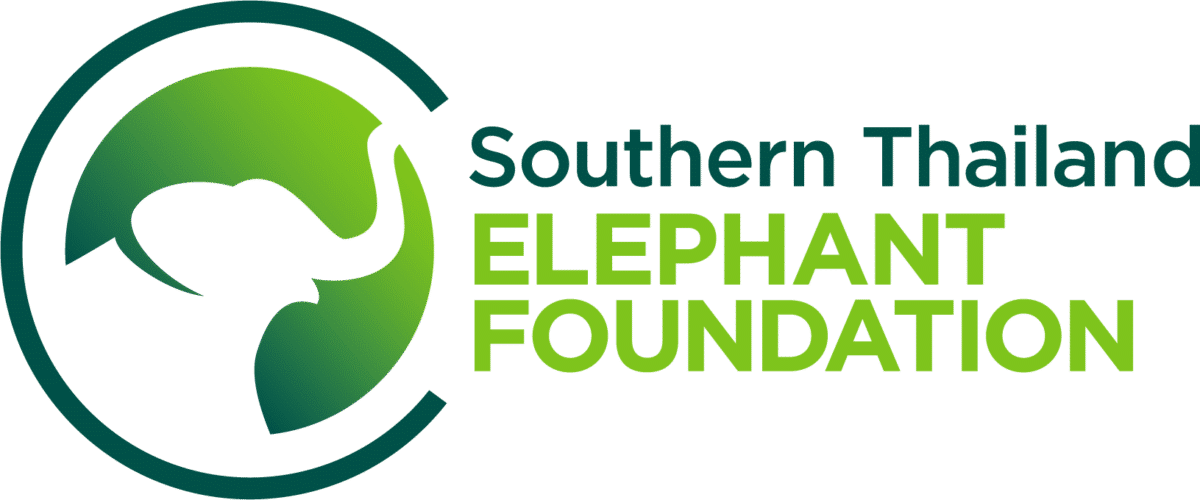
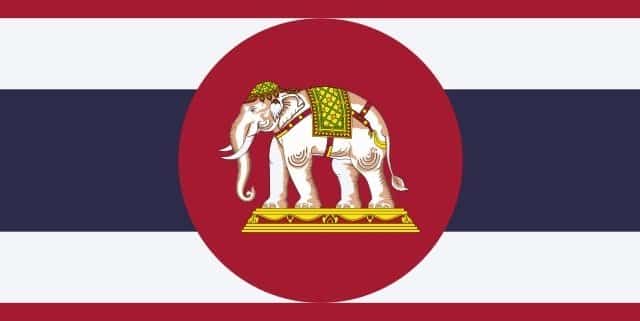

Trackbacks & Pingbacks
[…] culture will also influence the way local people respond to their national animal (see our posts on Thai culture and religion.) At least in Thailand about 20% of its land is now under protected status [5,6] […]
Comments are closed.